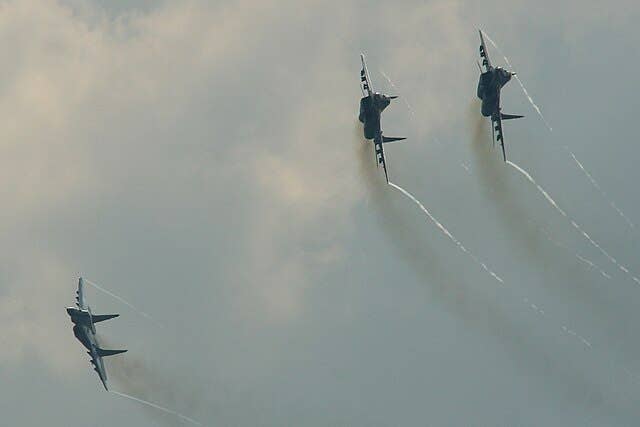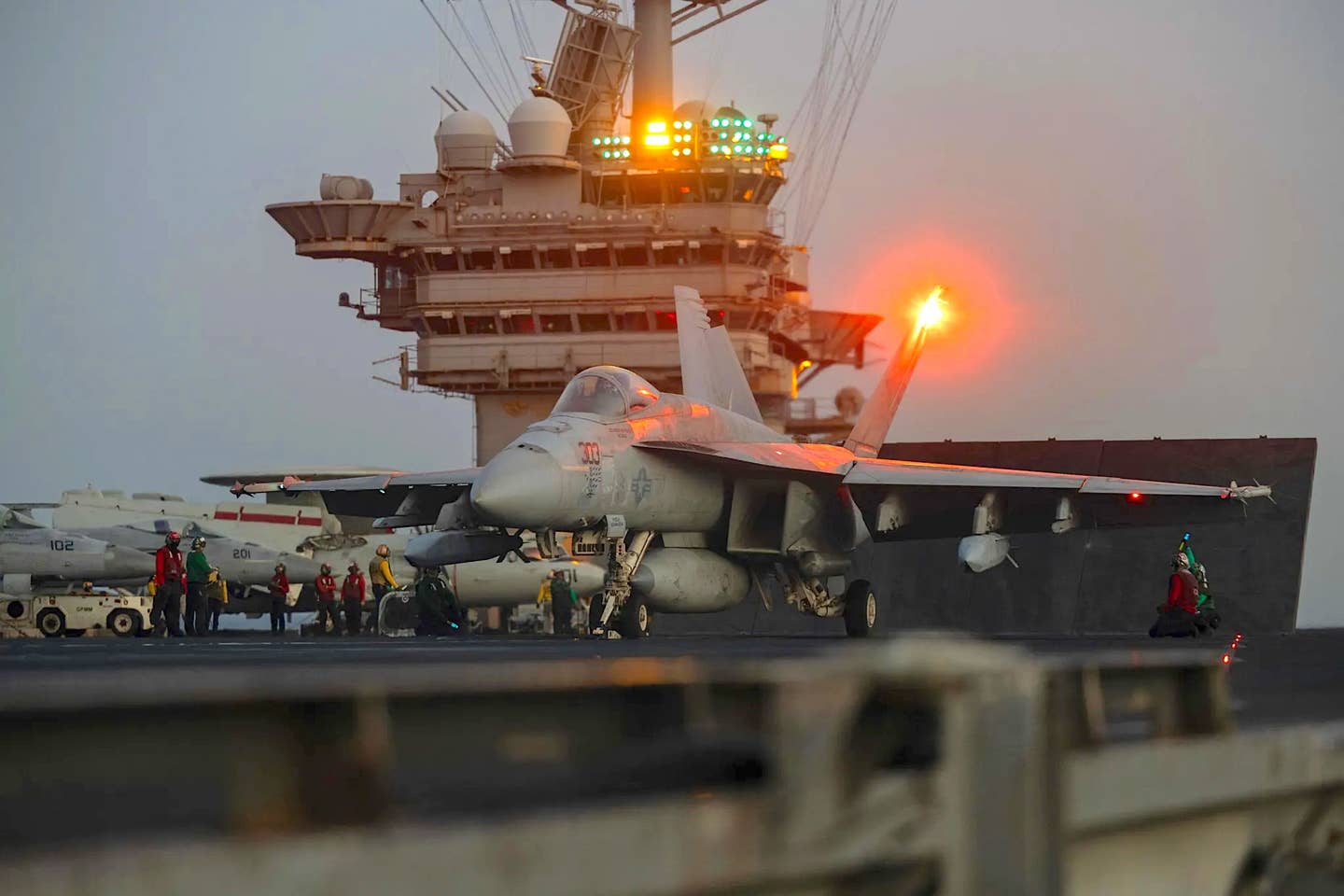FAA Emergency AD Grounds Cirrus Jet Fleet
After a cabin ground fire destroyed a first-generation Cirrus SF50 Vision Jet, the FAA issued emergency airworthiness directive AD 2020-03-50, which grounds the fleet of jets until faulty audio amplifier…

After a cabin ground fire destroyed a first-generation Cirrus SF50 Vision Jet, the FAA issued emergency airworthiness directive AD 2020-03-50, which grounds the fleet of jets until faulty audio amplifier circuit cards are removed from the cabin.
In the aircraft that melted on the ramp, the FAA wrote in its AD that the pilot observed smoke coming from the right rear cabin sidewall. The smoking components are audio amplifiers that are used to drive the 3.5-MM audio/microphone jacks in the passenger cabin. The part number of the defective circuit card is P/N 38849-01, and the AD says to simply remove all 12 of them from the cabin before the next flight. That generally takes eight hours labor to remove the interior, the circuit cards and put it all back together.
Cirrus has been on this before the AD, and already issued service bulletin SBA5X-23-03 for compliance instructions. To date Cirrus has made 97 percent of the SF50 fleet airworthy again through its ASSIST mobile technical team and established service centers. It said over 170 Cirrus jets are back flying since the bulletin was issued on Feb. 7, 2020. Nailing the communication effort, all Cirrus SF50 customers were contacted within 24 hours of the bulletin's release.






